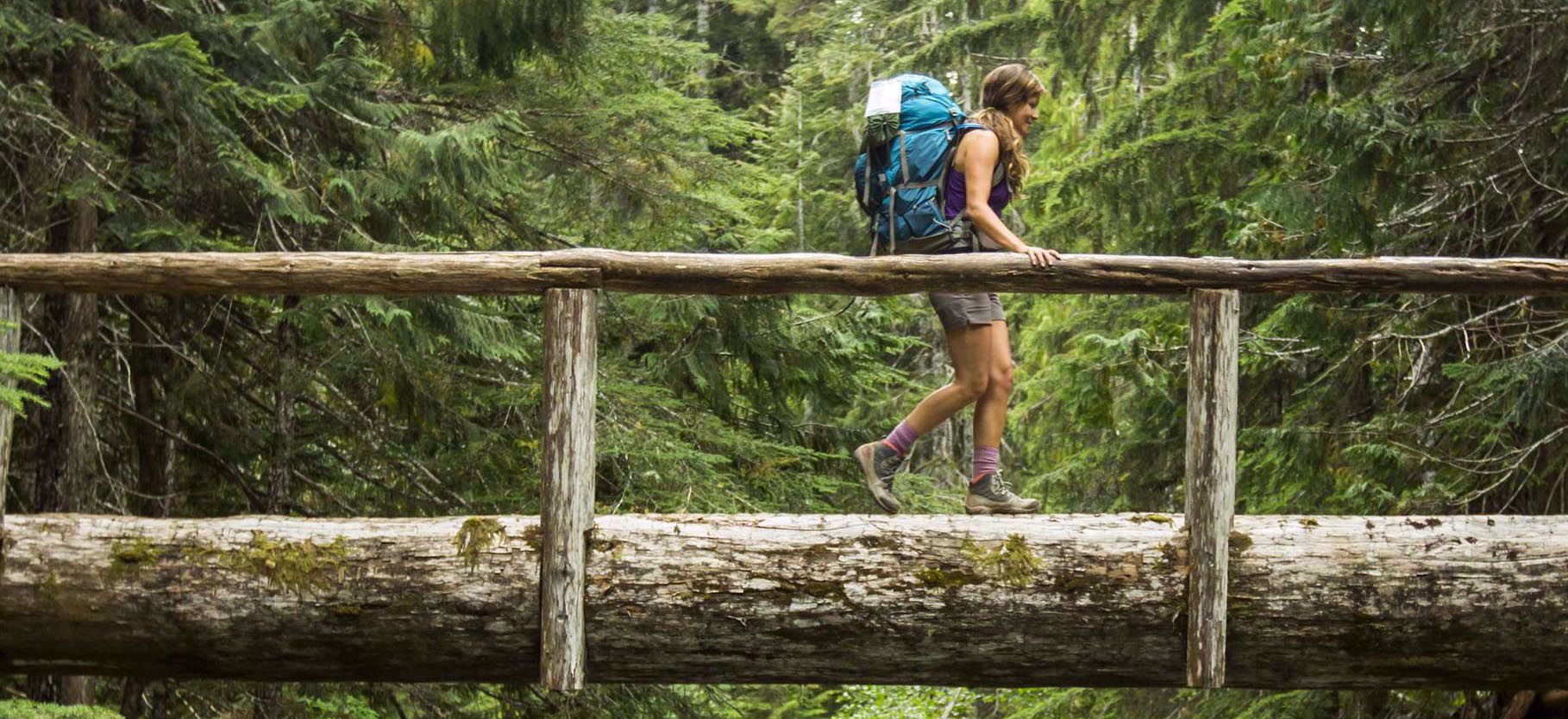You wouldn't think that travel in Scotland and Bhutan has many similarities. Bhutan is land locked, Scotland is surrounded by the ocean except where it joins England. Bhutan has the Himalayas, Scotland has its munros (peaks over 1000 meters). Bhutan is just emerging on to the world stage, Scotland has been well known for hundreds of years. In short, they are very different. But adventure travel in either country requires driving, and driving in both countries shares a surprising similarity.
Bhutan has a fairly limited road system, and even the major highway (which in the US would be considered a third tier road) has only one lane in most places. Fortunately there aren't a lot of vehicles on the road. When two vehicles approach each other, the drivers make eye contact and you can tell that they are trying to figure out who will have the easiest time pulling over or backing up so they can pass each other. It makes for slow going but it works very well.
So I was surprised to find a similar system in Scotland's Western Highlands on our trip this fall. It isn't quite the same - all the roads are paved and all the primary roads have at least two lanes. But as soon as you get off the main road, they are all single lanes. As the picture below show, there are regular "Passing Places", designated spots for cars to pull over. But their success still depends on cooperation between drivers coming from opposite directions mutually deciding who will pull over.


Does it work as well in Scotland? Not quite. Scotland has one factor that Bhutan doesn't, and that is drivers of rental vehicles from outside the area who don't know the etiquette. We passed one local driver in a ditch who told us she had been forced to back up by an aggressive driver, and she got so rattled by the breach of etiquette that she went off the road. And there were at least two occasions where our driver had to back up, when it was obvious to us all that we should have had the right of way.
But still, all in all it works fairly well and certainly makes road construcion much cheaper. In both countries, though, I couldn't help but wonder how a system like that would work in the U.S. Quite poorly, would be my guess.



